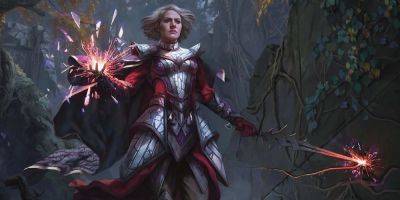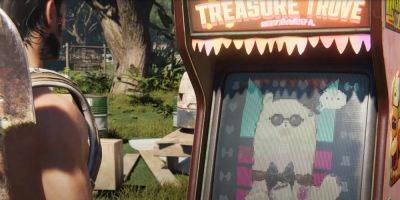How To Tell Magic: The Gathering Card Rarity
The cards of naturally come in a variety of rarities, ranging from common to extremely rare. Generally speaking, rarer cards have a better chance of being more powerful and valuable than commonplace ones, making them well worth keeping an eye out for when building a deck. Fortunately, the rarity system that the trading card game uses is easy to understand, with the cards themselves giving all the information one needs to quickly tell how rare they are.
Of course, no matter the format, even common cards can help turn the tide in any game of. By itself, a card having a higher rarity is no way to guarantee winning a game of , as effects and synergy naturally need to be taken into account. However, regardless of its effectiveness, there is an undeniable thrill in finding a rare card in a booster pack, which alone can be a brilliant experience.
Magic: The Gathering's Bloomburrow set will release soon, bringing with it new cards, card treatments, and other special bonuses for players.
It is important to understand that there are just four standard tiers of rarity in: Common, Uncommon, Rare, and Mythic Rare. On modern cards, there are two different methods that can be used to distinguish a card’s rarity with ease. The first is to examine the expansion symbol printed on the card, which changes color depending on rarity. The second method is to look in the bottom-left corner of the card, where the rarity’s initial will be printed alongside other information like the card’s set number.
Rarity
Expansion Symbol Color
Printed Initial
Common
Black
C
Uncommon
Silver
U
Rare
Gold
R
Mythic Rare
Orange
M
It is also worth keeping in mind thatBasic Lands and Tokens have their own indicative initials, L and T respectively, which appear in place of a standard rarity in the bottom left. Regardless, Basic Lands are generally counted as common cards in all respects, including their expansion symbols being black. Meanwhile, the fewer cards there are in a set that allow one







